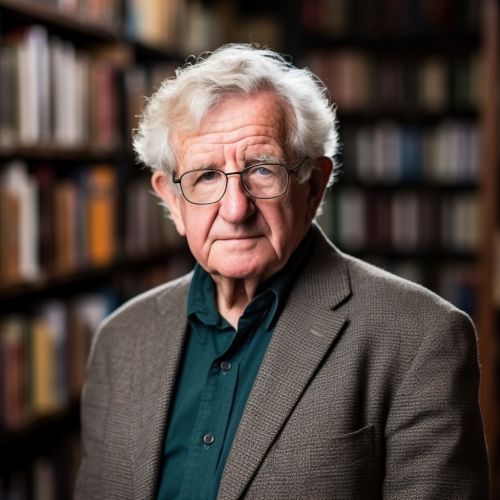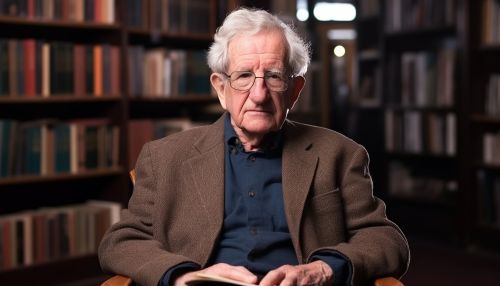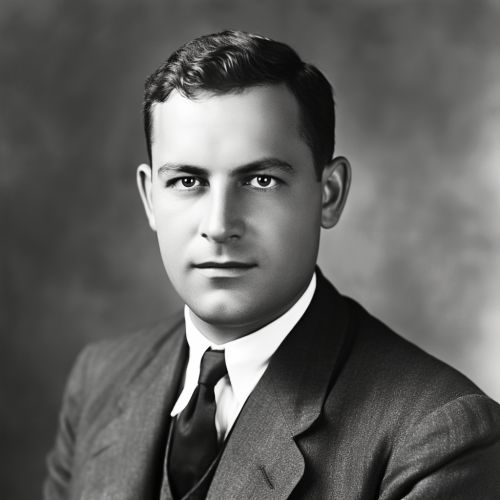The Science of Human Language Acquisition
Introduction
Human language acquisition refers to the intricate process by which children, starting from infancy, learn a language. This process is typically bifurcated into two categories: first language acquisition, which pertains to the learning of one's native language, and second language acquisition, which involves the learning of a second or additional language after the first language has been acquired. The process of language acquisition is influenced by a variety of factors, including cognitive development, environmental influences, and the innate capacity for language learning.


Theories of Language Acquisition
Several theories have been proposed to elucidate how humans acquire language. These theories can be broadly classified into two categories: nativist theories and social interactionist theories.
Nativist Theories
Nativist theories posit that language acquisition is an innate process, driven by an inborn capacity to learn language. The most prominent proponent of this view is Noam Chomsky, who proposed the theory of Universal Grammar. According to this theory, all human languages share a common underlying structure, and children are born with an innate knowledge of this structure. This innate knowledge enables children to learn any language to which they are exposed.


Social Interactionist Theories
In contrast to nativist theories, social interactionist theories posit that language acquisition is a social process, driven by the child's interaction with their environment. According to these theories, children learn language through their interactions with others, and through their exposure to language in their environment. One of the most prominent social interactionist theories is the Zone of Proximal Development, proposed by Lev Vygotsky. According to this theory, children learn language through their interactions with more knowledgeable others, who provide scaffolding to support the child's language development.


Stages of Language Acquisition
Language acquisition typically occurs in stages, from babbling to one-word utterances, two-word phrases, and eventually complex sentences.
Babbling Stage
The babbling stage generally commences around six months of age. During this stage, infants produce repetitive syllables, such as "ba-ba" or "da-da". This stage is not specific to any particular language, and infants across different cultures and languages produce similar types of babbling sounds.


One-Word Stage
The one-word stage, also known as the holophrastic stage, typically begins around 12 months of age. During this stage, children begin to produce single words that stand for whole phrases or sentences. For example, a child might say "milk" to mean "I want milk".
Two-Word Stage
The two-word stage typically begins around 18 months of age. During this stage, children begin to combine words into simple two-word phrases. These phrases often follow a consistent grammatical structure, such as subject-verb or noun-adjective.
Complex Sentences Stage
The complex sentences stage typically begins around 24 months of age. During this stage, children begin to produce complex sentences with multiple clauses and grammatical structures.


Factors Influencing Language Acquisition
Several factors can influence the process of language acquisition, including cognitive development, environmental influences, and the innate capacity for language learning.
Cognitive Development
Cognitive development plays a crucial role in language acquisition. According to Jean Piaget's theory of cognitive development, children's language development is closely tied to their cognitive development. For example, during the preoperational stage (from 2 to 7 years), children begin to use symbols and language to represent objects and ideas.
Environmental Influences
Environmental influences also play a significant role in language acquisition. These influences include the amount and quality of language exposure, the social interactions that the child engages in, and the cultural context in which the child is raised.
Innate Capacity for Language Learning
The innate capacity for language learning is another important factor in language acquisition. According to the nativist theory, children are born with an innate capacity for language learning, which allows them to learn any language to which they are exposed.
Conclusion
In conclusion, human language acquisition is a complex process that involves a combination of cognitive development, environmental influences, and an innate capacity for language learning. While there are various theories that attempt to explain this process, it is likely that language acquisition involves a combination of these factors.
